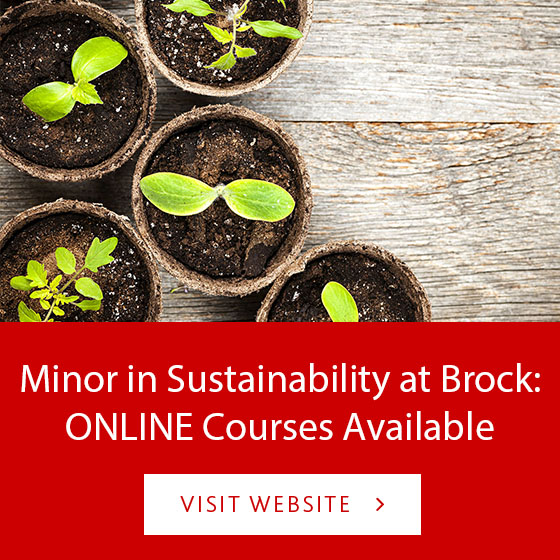On July 25th, members from the ESRC headed to the beautiful and historic Oak Hall in Niagara Falls for a focus group with key representatives from the Niagara Parks Commission. This productive meeting focused on developing our shared vision for environmental stewardship going forward. The development of this vision is one of the many expected outputs of the exciting new Excellence in Environmental Stewardship partnership between the ESRC and Niagara Parks.
Photo Credit: Brooke Kapeller


















